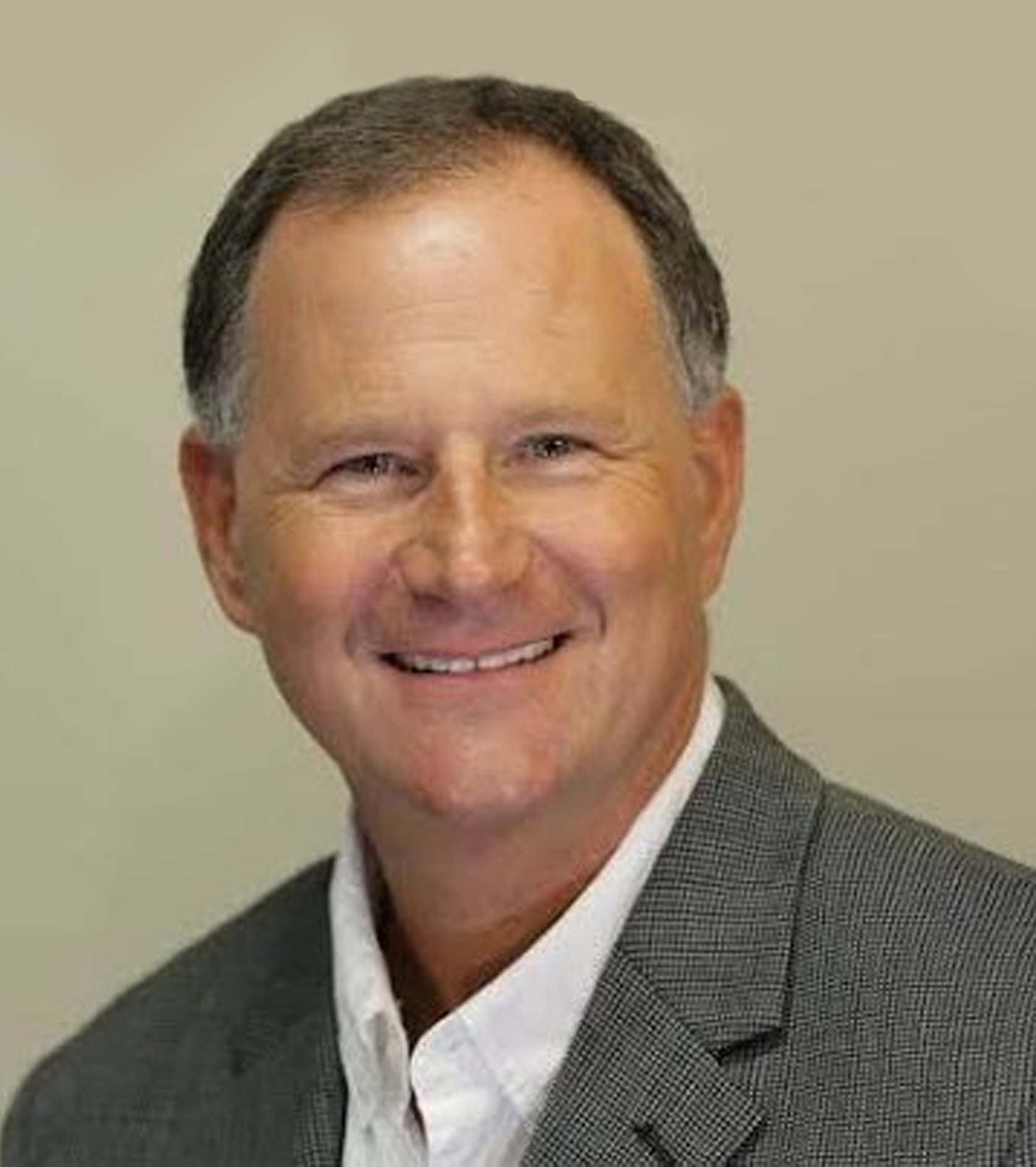Prior to 2020, many private lenders and Funds that provided capital for lending were faced with having too much capital and not enough loans to satisfy their lending criteria. It was also difficult to offer a high enough interest rate to satisfy their investors’ need for yield.
Too much competition for deployment of capital kept borrowers’ interest rates very low creating a historically small delta of 3.5% between what conventional banks and private lenders were charging. Today, however, not only have interest rates risen extremely quickly and by a big margin, but the delta between conventional and private lending has also gone back to about 5%. This is a spread that the market had not seen since before the Great Recession because private investors’ capital has become more cautious.
“Rather than chase yield, private lenders have opted to sit on the sidelines as the economy has become uncertain and investors sought interest rate stabilization,” says Fabio Baum, Manager of Pacific Opportunity Fund. In addition, there is a much larger demand for loans than there is supply of money for those loan requests. This has added to the delta between bank rates and private money.
Baum also states that, although there has been a slowdown in the Northern California market, his Fund has been leveraging the Pacific Private Money team across the US in the alternative private lending market. This is expected to expand well into the next business cycle, as banks and other debt Funds continue to pull back. As Mark Hanf, President of Pacific Private Money, says, “Demand for capital may slow if a recession gets severe enough, but it never disappears.”
Baum noted that no one can ignore the current difficult economic market, social, and political conditions that have stressed the finance industry; however, he does not see a meltdown like we saw in 2008. This opens opportunities for private lenders to take advantage of the inefficient marketplace, as traditional lending has been backing off commercial real estate over the last 10 years.
Real estate opportunities will always abound. It is the shrewd real estate investor who knows how to navigate through turbulent times. These investors are continually looking for capital. Investors and developers of much-needed SFR and multifamily housing continue to require capital, and it is the alternative lending industry that has come to the forefront to reliably serve that demand. As of the writing of this article, housing starts increased as fear of a harsh recession appears to have subsided. Banks are usually the last to catch up. Alternative lenders should be able to take advantage of borrowers in need of capital before the banks jump back in, which may be a few years away.
Alternative lenders should also be able to make relatively conservative loans, as the real estate market does not seem to be in a bubble. Rules after Dodd-Frank made it so that borrowers had to show the ability to repay a loan; thus, it helped mitigate a credit crisis.
In addition, many borrowers refinanced during the extremely low interest rate environment, which we may not experience again for a long time. This helped limit the supply of houses that will be put on the market, as these would-be sellers cannot replace their low interest rate loans. Many of these homeowners will not sell unless they absolutely must. Many will choose to remodel if possible. Another positive factor for the real estate market is that there is a tremendous amount of equity that was recouped since the Great Recession. This helps stabilize the market. Prudent investors should be able to take advantage of the current real estate lending environment by participating conservatively in the lending side of real estate.




